Entry Category: Science and Technology
Fess, Don
Fish
Fleas
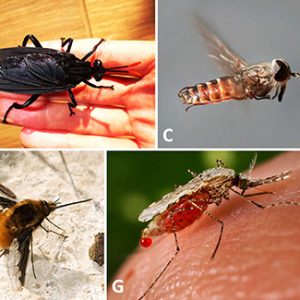 Flies
Flies
Forest Fire Lookouts
aka: Fire Towers
Fort Smith Tornado of 1898
Fossils
Fourche Mountain Salamander
aka: Plethodon fourchensis
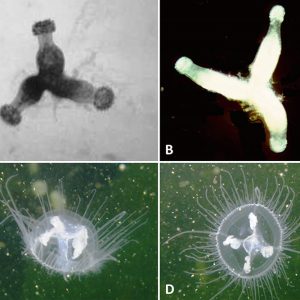 Freshwater Cnidarians
Freshwater Cnidarians
Freshwater Drum
aka: Grunter
aka: Gaspergou
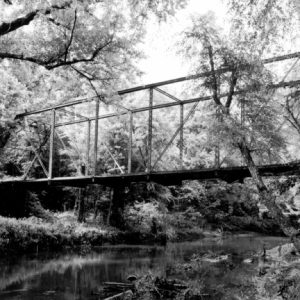 Fryers Ford Bridge
Fryers Ford Bridge
Fungi
 Galla Creek Bridge
Galla Creek Bridge
Gars
aka: Garfish
aka: Garpikes
Garver, Neal Bryant
 Gastrotrich Morphology
Gastrotrich Morphology
 Gastrotrichs
Gastrotrichs
Gastrotrichs
aka: Hairybacks
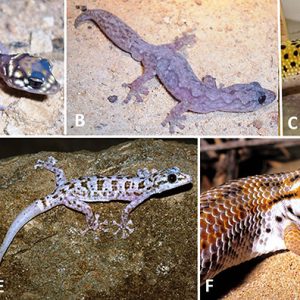 Geckos
Geckos
Geckos
Gerig, William Lee
Goldeyes and Mooneyes
aka: Mooneyes and Goldeyes
aka: Hiodontid Fishes
Good, Mary Lowe
 Gray Tree Frog
Gray Tree Frog
 Great Spangled Fritillary
Great Spangled Fritillary
Greers Ferry Dam and Lake
Grotto Salamander
aka: Eurycea spelaea
aka: Ghost Lizard
aka: Ozark Blind Salamander
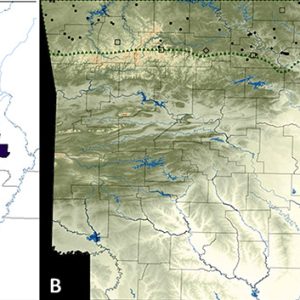 Grotto Salamander Distribution
Grotto Salamander Distribution
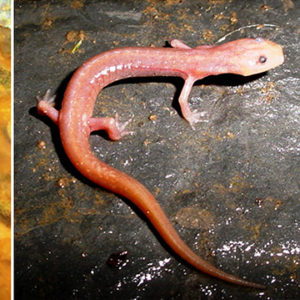 Grotto Salamanders
Grotto Salamanders
 Haemogregarines
Haemogregarines
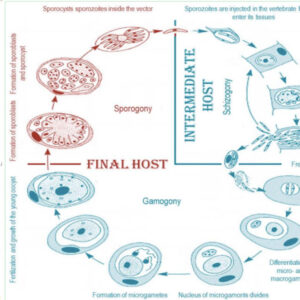 Haemogregarines
Haemogregarines
Haemogregarines
Handywagon
Harding, Arthur McCracken
 Harding Family
Harding Family
 Arthur Harding Cadet Medal
Arthur Harding Cadet Medal
 Arthur Harding and J. Edgar Hoover
Arthur Harding and J. Edgar Hoover
Harris, Ernest James
Harry K. Dupree Stuttgart National Aquaculture Research Center
Harvestmen
aka: Daddy Long-Legs
aka: Granddaddy Long-Legs
 Harvestmen of Arkansas
Harvestmen of Arkansas
 Helena-West Helena Bridge
Helena-West Helena Bridge
Hemipterans
aka: True Bugs
 Hernando de Soto Bridge
Hernando de Soto Bridge
Herrings
aka: Clupeids
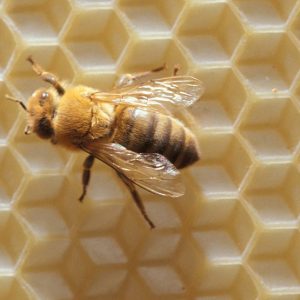 Honeybee, Official State Insect
Honeybee, Official State Insect
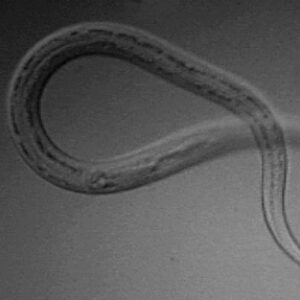 Hookworm Larva
Hookworm Larva
 Hookworm Life Cycle
Hookworm Life Cycle
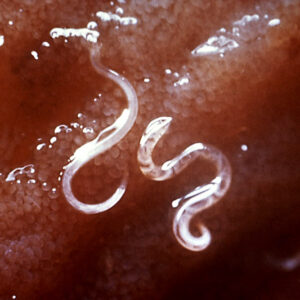 Hookworms in the Intestine
Hookworms in the Intestine




